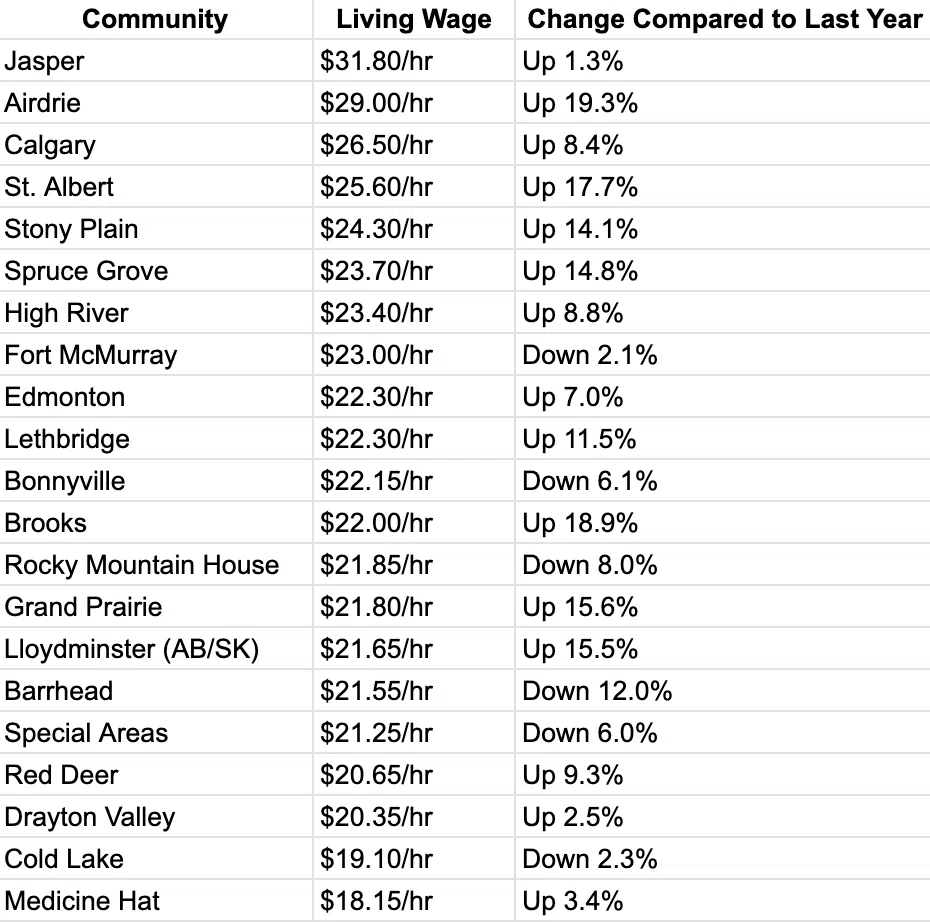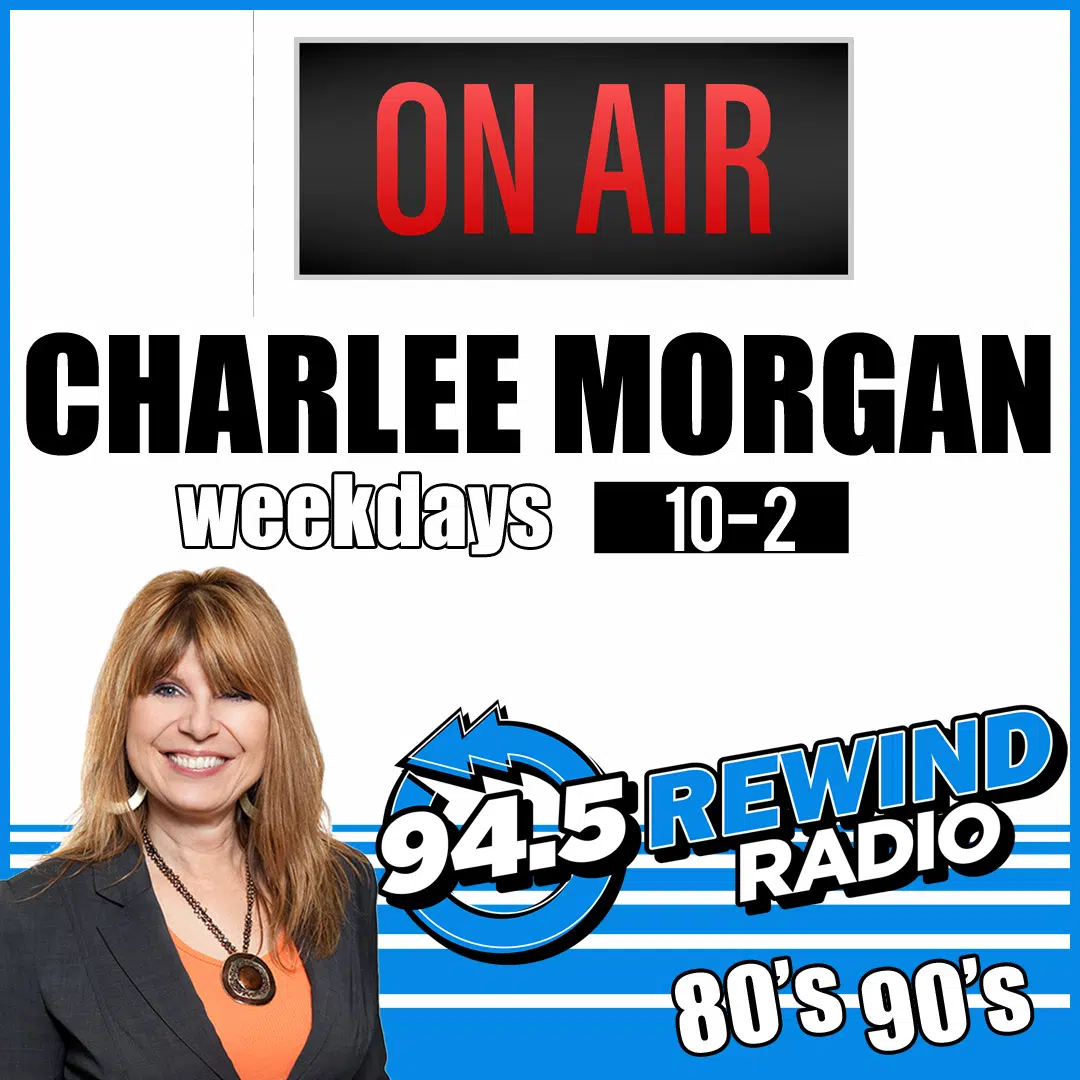A new report shows that the cost of living in Rocky Mountain House has dropped over the last year.
The Alberta Living Wage Network (ALWN) has released its updated living wages for 21 communities across the province.
The living wage is defined as the hourly wage a person would need to earn to cover their basic expenses and participate in their community.
In Rocky, it was found a living wage was $21.85 — down 8 per cent from last year when the living wage was $23.75
–
RELATED
–
ALWN Chair Franco Savoia says it is meant to reflect the real cost of living in each community and the belief that everyone deserves to live with dignity.
“For employers, it provides a benchmark from which to assess their total compensation practices. As Albertans, let us use the living wage calculation to deepen our understanding of the working poor in our community and to patronize living wage employers,” says Savoia.
The ALWN reports that the living wage increased in 15 of the 21 participating communities.
In Red Deer, for example, the living wage was $20.65 per hour, which is up by 9.3 per cent compared to last year.
Jasper continued to have the highest living wage in the province at $31.80, up 1.3 per cent from 2024.
The lowest living wage in Alberta was found to be in Medicine Hat at $18.15, up 3.4 per cent from last year.
The living wage in the two big cities also increased with Edmonton at $22.30 (+7 per cent), and Calgary $26.50 (+8.4 per cent).
The biggest jump year-over-year was in Airdrie where the living wage jumped 19.3 per cent to $29.00.
Dwayne Huber is the president of Airtech Heating & Air Conditioning Ltd in Lethbridge. The company is a Certified Living Wage Employer.
He says he strongly supports the living wage, and he encourages all business owners to do the same.
Huber explains that people often struggle to make ends meet, even when they earn more than Alberta’s $15 per hour minimum wage, which is the lowest in the country.
“A Living Wage provides dignity and pride in being able to take care of one’s own needs as well as their family’s, and taking this burden off of workers allows us to focus on further training and development to grow the staff that we need. We believe that we get what we give, and a Living Wage is an important part of this process,” says Huber.
The ALWN says that Alberta’s minimum wage only covers 50 to 80 per cent of what is required to live in communities across the province.
–
RELATED
–
The 2025 Living Wages are:

2025 living wages in select Alberta communities. (Alberta Living Wage Network)
Some of the factors for why the living wage increased in the majority of communities include housing costs, transportation, changes to childcare fees and subsidies, utilities, and more.
Transportation costs are a significant factor in living wage calculations. Smaller communities like Rocky, which lack large-scale public transit, tend to have higher transportation expenses. For example, the average annual transportation cost for a family of four in 2024 in Rocky was $11,949, compared to $6,578 in Red Deer.
Regarding the living wage numbers, the office of Joseph Schow, Minister of Jobs, Economy, Trade and Immigration, released the following statement:
With affordable housing, one of the lowest provincial income tax rates in the country, no provincial sales tax, and limitless opportunities, Alberta continues to be the best place in Canada to live, work, invest and raise a family. We’re building on that advantage and helping Albertans keep more of their hard-earned dollars by delivering on our promise to cut taxes – saving individual Albertans an average of $750 or $1,500 for a two-income household.
Our government is also taking an approach that balances the needs of Alberta’s workforce, while ensuring businesses are not burdened with higher costs that put their staff’s employment at risk, particularly among youth and other entry-level workers. This includes focusing on real solutions to youth unemployment through the new Alberta Youth Employment Incentive.
The office also included the following for added context, but didn’t attribute it to the minister or his office:
The vast majority – 95 per cent – of Albertans earn more than the minimum wage, and 92 per cent of minimum wage earners do not live in a low-income household. Between 2015 and 2018, 21,000 young Albertans lost their jobs as a result of the 47 per cent increase to minimum wage.
More information can be found at LivingWageAlberta.ca
~ with files from LethbridgeNewsNow













Comments